N-acetylcysteine is one of the most interesting substances being used for its nootropic properties. Users report a wide variety of benefits including increased focus, decreased anxiety, and improved mood. It has a long history of use in medicine and an excellent safety profile. And there is plenty of science to support its effectiveness.
In this article, we're going to take an in-depth look at N-acetylcysteine. We'll look at its history, safety, nootropic benefits, and more. But first, let's see what N-acetylcysteine is.
What Is N-Acetylcysteine?
This substance has a long history of use in America and around the world. N-acetylcysteine, sometimes referred to as just acetylcysteine or NAC for short, was first patented in 1960 and started being used medically in 1968.1 It's on the World Health Organization's list of essential medicines, which catalogs the safest and most-effective drugs being used worldwide.2
N-acetylcysteine has primarily been used in medicine to treat acetaminophen (Tylenol) poisoning.3 However, in recent years, doctors have been prescribing NAC for a variety of off-label reasons. And nootropic users have started using this interesting substance for its cognition-enhancing properties.
NAC has been studied as a treatment for a variety of disorders including various drug-and-other addictions (nicotine, cocaine, cannabis, methamphetamine, gambling), obsessive-compulsive disorder (OCD), schizophrenia, bipolar disorder, and many more.4 Most of these studies have shown it to reduce the symptoms of these disorders. Given acetylcysteine's mechanisms of action, this isn't surprising.
 N-acetylcysteine is a precursor to the antioxidant glutathione.5 It modulates glutamate, a neurotransmitter that is involved in several cognitive functions including learning and memory.6 N-acetylcysteine has also been shown to affect the way dopamine is released in certain parts of the brain.7 Dopamine is a neurotransmitter involved in motivation, pleasure, and learning.
N-acetylcysteine is a precursor to the antioxidant glutathione.5 It modulates glutamate, a neurotransmitter that is involved in several cognitive functions including learning and memory.6 N-acetylcysteine has also been shown to affect the way dopamine is released in certain parts of the brain.7 Dopamine is a neurotransmitter involved in motivation, pleasure, and learning.
Given NAC's mechanisms of action, it's not surprising that it has nootropic properties. The benefits that users report are consistent with the way NAC works in the brain. Let's look at some of the nootropic benefits of acetylcysteine.
The Nootropic Benefits of N-Acetylcysteine
Over the past few years, NAC has become somewhat popular in the nootropics community. Users have reported improved mood, decreased anxiety, reduced symptoms of obsessive-compulsive disorder, clearer thinking, and other benefits. But what does the science have to say about these benefits?

A study published in 2009 found that NAC was able to improve mood, reduce anxiety, and decrease obsessive-compulsive symptoms in people with trichotillomania.8 This is an anxiety disorder characterized by uncontrollable hair pulling/picking. NAC was given to people diagnosed with trichotillomania in doses ranging from 1,200-2,400 milligrams (mg) a day for 12 weeks. The researchers found that NAC significantly reduced symptoms and improved the quality of life for many participants. And the participants given NAC showed no serious side effects.
This study supports what many nootropic users have reported about NAC: that it helps them to think clearer and reduces unwanted internal chatter. A lot of the nootropic users who find NAC to be beneficial often report suffering from depression, anxiety, OCD, and difficulty in social situations. Many claim that it works better than any prescription medications they've tried. Other human studies have also shown that NAC was able to reduce obsessive thinking and other types of anxiety.9
Whether or not NAC has a nootropic effect in healthy individuals is less clear. Some users report many of the benefits listed above while others don't notice any improvement in cognitive performance. And no studies have been done yet to see if NAC has nootropic properties. The only way to know if it will work for you is to try it yourself.
N-Acetylcysteine Side Effects
![]() Most nootropic users who have tried NAC do not report experiencing any side effects. Those that do experience side effects often report that they are mild and go away as soon as NAC is discontinued.
Most nootropic users who have tried NAC do not report experiencing any side effects. Those that do experience side effects often report that they are mild and go away as soon as NAC is discontinued.
The most common side effects of NAC are nausea, vomiting, and gastrointestinal problems.10 If you experience any of these side effects, try taking NAC with food. Most people who experience these side effects find that taking NAC with food significantly reduces or eliminates them.
N-Acetylcysteine Dosage

N-acetylcysteine is usually taken in one-or-two doses a day. Most people find it's best to take it earlier in the day. Taking NAC in the morning and then again in the afternoon seems to be the most-common way to dose it.
As always, you should start with a low dose and work your way up as needed. Some users report improved mood and reduced anxiety with as little as 600 mg once a day. Others say that they don't notice much until they raise the dose to 1,800 mg twice a day. The only way to know what will work for you is to try it yourself.
Conclusion
N-acetylcysteine is a substance that will continue to be studied for its nootropic and mental-health benefits. While the research that has been done is very promising, much more is needed to fully understand the nootropic benefits of NAC.
 The people who seem to benefit the most from taking acetylcysteine are the ones who suffer from anxiety and obsessive thinking. Many users report that it helps them to control their thoughts better. If you are trying to reduce anxiety and obsessive thinking, NAC is probably worth a shot. It has an excellent safety profile and might give you the relief you're looking for.
The people who seem to benefit the most from taking acetylcysteine are the ones who suffer from anxiety and obsessive thinking. Many users report that it helps them to control their thoughts better. If you are trying to reduce anxiety and obsessive thinking, NAC is probably worth a shot. It has an excellent safety profile and might give you the relief you're looking for.
Up until recently, several brands of NAC were available on Amazon. Unfortunately, they no longer carry this particular supplement. The good news is, it's still available elsewhere including one of our favorite online nootropic stores: Pure Nootropics. They have a long-standing spot on our list of the leading online nootropic vendors. You can read our review of Pure Nootropics here.
To learn about other nootropics that can help with obsessions and compulsions, check out this post: Nootropics For Obsessive Thoughts and Compulsive Behaviors.
To learn more about nootropics, sign up for the Nootropics Zone newsletter. You'll get the free gift, The Ultimate Nootropics Quick Reference Guide.
References
1Fischer, J., & Ganellin, C. (2010). Analogue-based drug discovery. Weinheim: Wiley-VCH.
2World Health Organization. (2019). World Health Organization model list of essential medicines: 21st list 2019. World Health Organization. Retrieved February 9, 2020 from https://apps.who.int/iris/bitstream/handle/10665/325771/WHO-MVP-EMP-IAU-2019.06-eng.pdf?sequence=1&isAllowed=y
3Green, J., Heard, K., Albert, D., & Reynolds, K. (2013). Oral and intravenous acetylcysteine for treatment of acetaminophen toxicity: a systematic review and meta-analysis. Western Journal of Emergency Medicine: Integrating Emergency Care with Population Health, 14(3). Retrieved February 9, 2020 from https://escholarship.org/uc/item/077534dn
4Berk, M., Malhi, G., Gray, L., & Dean, O. (2013). The promise of N-acetylcysteine in neuropsychiatry. Trends In Pharmacological Sciences, 34(3):167-77.
5Bavarsad Shahripour, R., Harrigan, M., & Alexandrov, A. (2014). N-acetylcysteine (NAC) in neurological disorders: mechanisms of action and therapeutic opportunities. Brain and Behavior, 4(2):108-22.
6McEntee, W., & Crook, T. (1993). Glutamate: its role in learning, memory, and the aging brain. Psychopharmacology, 111:391-401.
7Dean, O., Giorlando, F., & Berk, M. (2011). N-acetylcysteine in psychiatry: current therapeutic evidence and potential mechanisms of action. Journal of Psychiatry and Neuroscience, 36(2):78-86.
8Grant, J., Odlaug, B., & Kim, S. (2009). N-acetylcysteine, a glutamate modulator, in the treatment of trichotillomania: a double-blind, placebo-controlled study. Archives of General Psychiatry, 66(7):756-63.
9Afshar, H., Roohafza, H., Mohammad-Beigi, H., Haghighi, M., et al. (2012). N-acetylcysteine add-on treatment in refractory obsessive-compulsive disorder: a randomied, double-blind, placebo-controlled trial. Journal of Clinical Psychopharmacology, 32(6):797-803.
10N-Acetylcysteine (NAC). (n.d.). WebMD. Retrieved January 27, 2023 from https://www.webmd.com/vitamins/ai/ingredientmono-1018/n-acetyl-cysteine-nac
[This article was originally published on February 14, 2020. Updated January 27, 2023.]

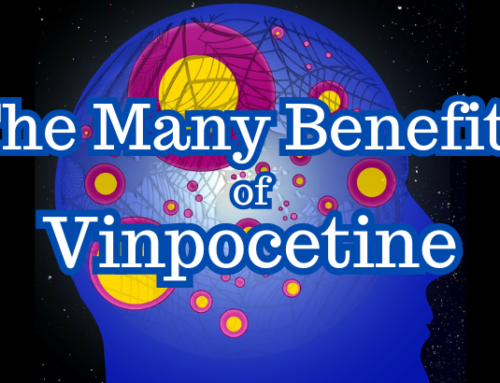
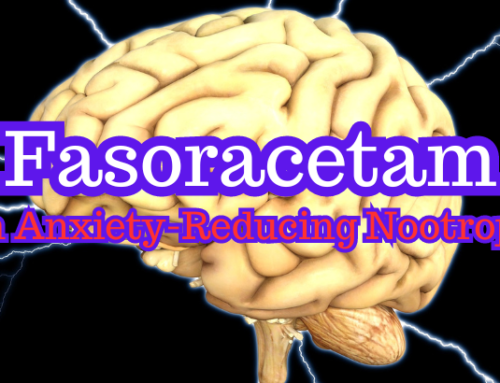
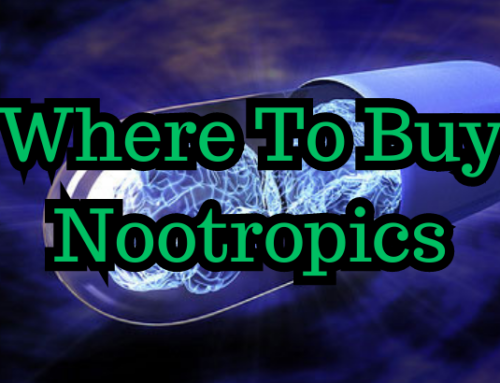
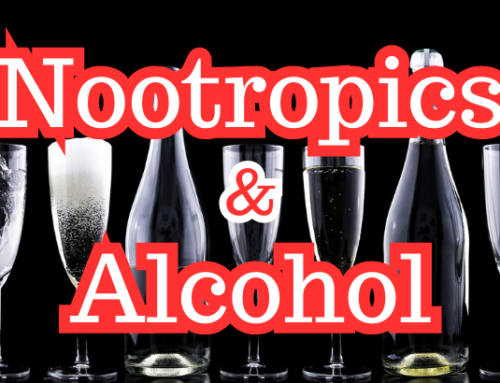
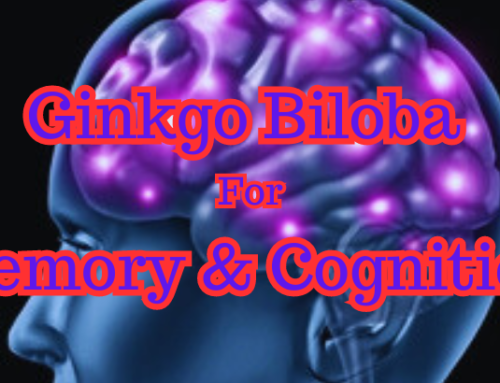

Leave a Reply